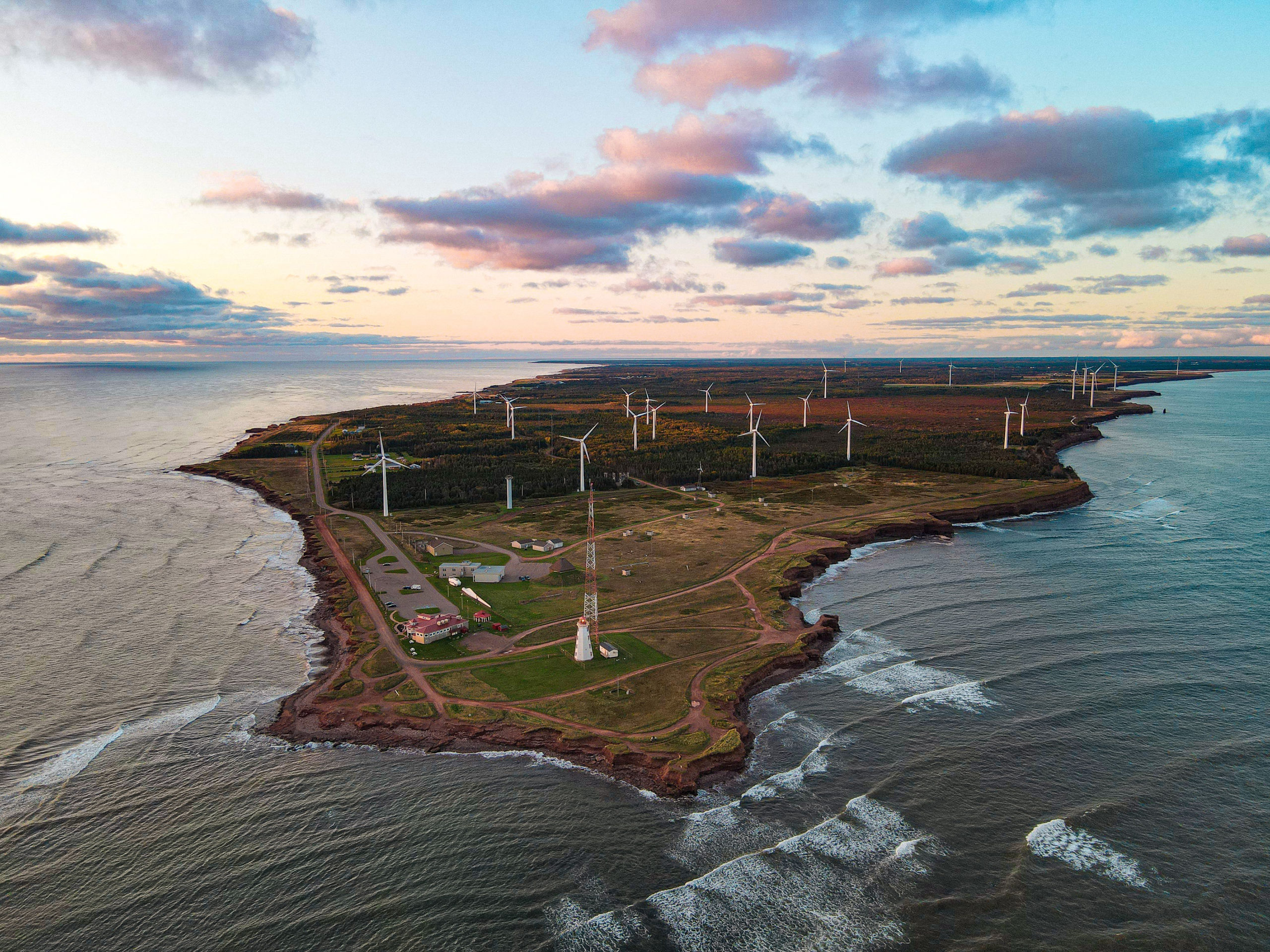White Paper
Abstract
Over 875 million people live on islands, approximately 11% of the world’s total population but occupying only 5% of the world’s total land mass (filtering vast uninhabited areas of Greenland and Australia).
Due to the geographic location and exclusive dependency on imported fossil fuel for power generation, most of the island countries face the world’s uppermost energy costs, with vulnerability in the supply chain and frequent interruptions. For example, the average cost of energy in the Caribbean is almost five times that of the mainland U.S. The scenario is even worse in the Pacific Islands, where in some countries the tariff is increased by more than seven times.
With the continuous development of society, the demand for energy supply is increasing gradually. Island countries are the most suitable marketplaces in the world for standalone renewable energy sources. However, technical constraints, such as grid frequency stability and voltage control, or economic constraints, such as the lack of enough investment in low-carbon power, are delaying renewable penetration in islands.
Small island economies are diverse (services, manufacturing, industry), which triggers the need for different solutions to advance the energy transition while maintaining system reliability and stable production costs.
A good score to measure Energy Transition is the Energy Trilemma Index by the World Energy Council. This Index shows the relationship between the security and availability of electricity, its price, and the level of sustainability. Apart from highly developed and populated islands such as the UK or Japan, the Trilemma Index shows that islands have a lower performance. A lack of enough interconnection with the mainland to exchange electricity, the deficit of critical mass for some initiatives, or a typically less meshed power grid, make energy systems on islands less robust and economical than their peers on the mainland.
New Technologies will help islands increase energy sovereignty and sustainability, while decreasing electricity prices. Nevertheless, the availability of these solutions may take 10, 20, or even 40 years to come about. As an example, utility-scale energy storage in batteries is still in the early stages, and it will need some years to be available at affordable prices.
This means that Thermal Power Plants on islands will be forced to remain for a long time. But their role has to change drastically, from comfortably providing base load generation to operating in a very demanding and equipment-damaging flexible mode, completing intermittent renewable sources, and maintaining grid frequency stability.
Thus, to make successful steps in the following 5 to 10 years towards Energy Transition will require the coexistence of incumbent Thermal Power Plants adapted to the new market requirements with the Renewable Energy challengers.
Solving the Energy Trilemma on islands will demand more imagination, planning, and patience than on the mainland, as resources, power grids, and blackout risks are not the same.

